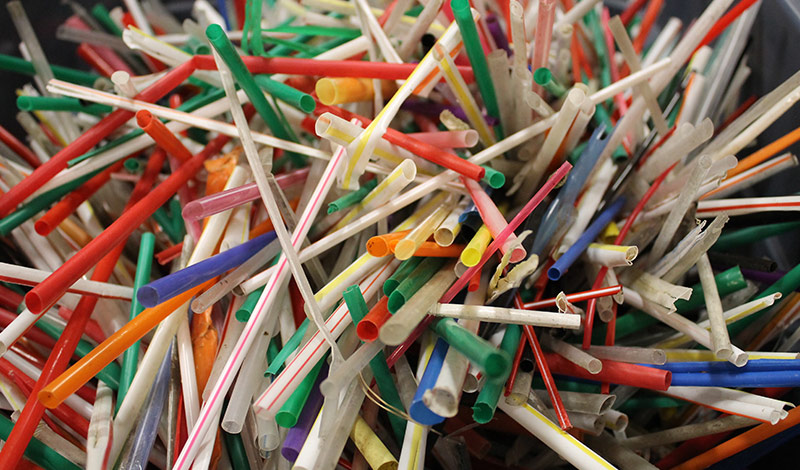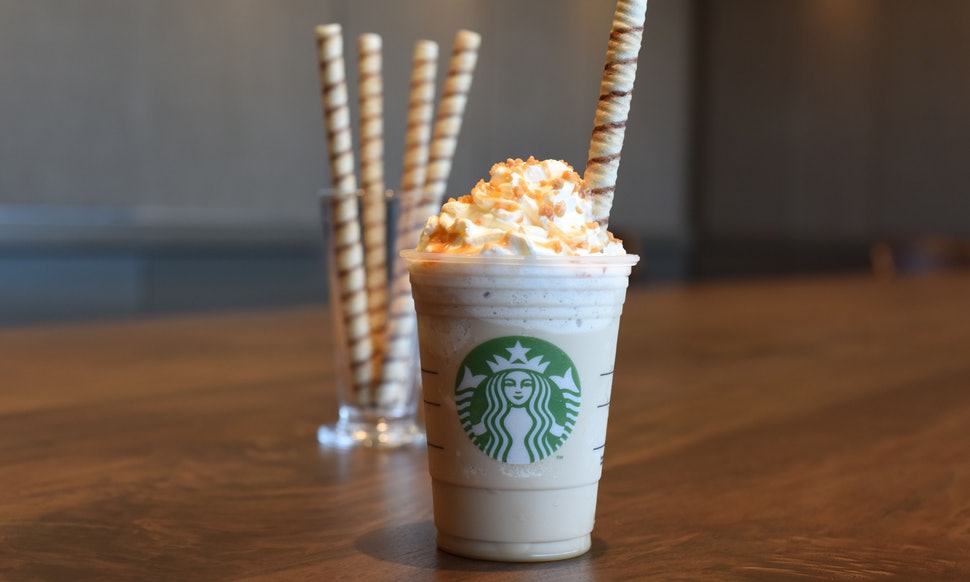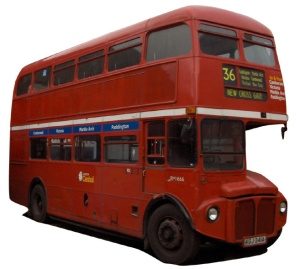
Let’s start with the problem.
According to The Plastic Pollution Coalition (January 3, 2017) – “It’s National Drinking Straw Day! Each day, more than 500 million plastic straws are used and discarded in the U.S. alone. Plastic straws consistently make the top ten list of items found, according to Ocean Conservancy’s International Coastal Cleanup data. In the last three years, plastic straws have climbed the list to the Number 5 spot.”

In response to this growing problem, in January California made it illegal to give customers plastic straws unless they expressly request one.
Another way some restaurants have tried to to fix this problem has been to replace plastic straws with paper straws.
Or then there is the tasty fix to the problem, the cookie straw.

But there is another way to approach problem solving, and that is to design out the problem instead of trying to fix it.
Recently a barista at Starbucks accidentally gave me a lid on my water cup that I wasn’t expecting.
I had heard that Starbucks was planning to reduce their use of the iconic green plastic straw, but I kind of assumed that meant they were shifting to paper straws like some other quick serve restaurants, but that is not what they have in mind at all.
Starbucks is instead planning to eliminate the plastic straw.
Instead of focusing on the straw they instead chose to focus on the lid and design it in a way that a straw isn’t even necessary.

So, next time you’re wrestling with a problem and trying to solve it, look at it in a slightly different way just for fun, try asking yourself how you could design the product, service, or experience (or all three) in order to design out the problem.
You may or may not get to a more viable, desirable, and feasible solution than trying to fix the problem.
But, looking at the problem from a range of different perspectives is always worth the effort.
Keep innovating!

![]() Sign up here to get Human-Centered Change & Innovation Weekly delivered to your inbox every week.
Sign up here to get Human-Centered Change & Innovation Weekly delivered to your inbox every week.

 On May 2nd I will be the keynote
On May 2nd I will be the keynote 
 Traffic is a problem for drivers and bus riders alike. When traffic gets bad, it gets even worse for buses downtown. Here is why:
Traffic is a problem for drivers and bus riders alike. When traffic gets bad, it gets even worse for buses downtown. Here is why: Seattle and other communities should take a second look at double-decker buses for popular routes that traverse the city center or look to banish “bendy” buses from downtown routes altogether. Double-decker buses are only slightly taller than most standard buses, have a smaller footprint than bendy buses, and give riders a nice view of the city.
Seattle and other communities should take a second look at double-decker buses for popular routes that traverse the city center or look to banish “bendy” buses from downtown routes altogether. Double-decker buses are only slightly taller than most standard buses, have a smaller footprint than bendy buses, and give riders a nice view of the city.